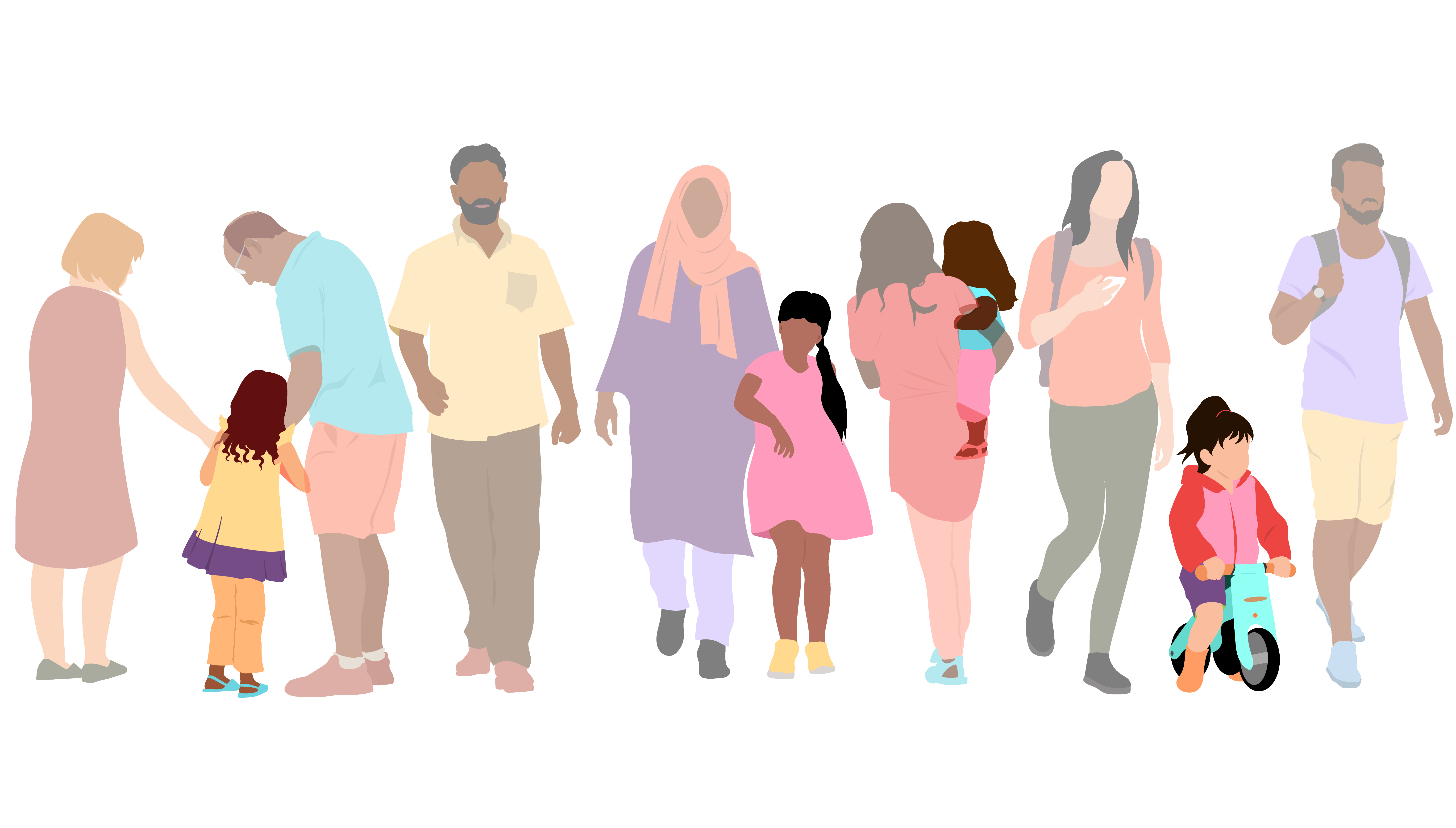In Allegheny County, a network of shelters provides temporary places to stay for people experiencing homelessness. Allegheny County’s emergency shelter network includes facilities that serve only adults and others that offer spaces to families with children or other dependents (family shelters).
What is this report about?
This data brief focuses on the group of approximately 598 people in 184 households that enrolled in one of six family shelters at least once from April 2022 through March 2023. People are eligible for family shelters if they are 1) an adult with a minor child(ren) or a child over 18 years old still enrolled in high school, 2) a woman or couple without a minor child where the woman is in her third trimester of pregnancy, or 3) a couple unable to separate or parent with an adult child where one is caregiving for the other.
See the related data briefs, “People Using Adult-Only Emergency Shelters in Allegheny County” and “People Experiencing Unsheltered Homelessness in Allegheny County” for descriptions of other people served in the homeless system
What are the takeaways?
- Ninety percent (N=165) of heads of household who used family shelters were female and Black individuals were over-represented – 77% of heads of households were Black, but Black individuals only make up 14% of the county. Most households (71%) consisted of an adult female head of household and one or more children. Forty-nine percent of children (N=179) were age 5 or younger at the time they entered a family shelter. An additional 35% were ages 6 through 12 and 16% were ages 13 through 17.
- Most families had not recently used the shelter system and only stayed once. 84% of families only used shelter once during this period and only 6% had used a shelter or County housing program in the year prior to their first stay.
- Although half of families stayed in shelter for more than two months, the largest group of families exited within a week of entering. Seventy-nine percent (N=153) of all stays resulted in households exiting to stable housing, which includes a County housing program (32%), housing with family or friends (27%), or an owned or rented property (19%). An additional 19% exited to another shelter.
- Income is limited for heads of household using family shelters. 70% (N=129) of heads of household self-reported income from any source, with an average monthly income of $923. Additionally, DHS was able to access Pennsylvania Labor and Industry information for 171 individuals in this cohort (93%). Of these heads of household, 47% (N=81) had earnings, with an average monthly income of $1,243.
- About a third of Medicaid-enrolled heads of household used behavioral health services, most of which were mental health outpatient services. The most common diagnosis was acute stress disorder (30% of people with a diagnosis), a short-term mental health condition that can occur within the first months after experiencing a traumatic event.
- Asthma was the most common chronic condition for Medicaid-enrolled children using shelter and the second most common for heads of household. Asthma rates for both are twice as high as those in the general Medicaid-enrolled population in the County
- Fifteen percent of families using these shelters had an active child welfare case in the year prior to their stay. This could indicate the need for additional support and safety nets within the child welfare system or as families transition out of it.
How is this report being used?
Emergency shelters are meant to be short-term accommodations for people experiencing a crisis. The County’s goal is to ensure that shelter stays are rare, brief and non-recurring. The County is working with shelter staff and other housing providers to support client moves to stable housing when possible, with the goal of improving their overall outcomes and ensuring that short-term beds are available when people need them.

